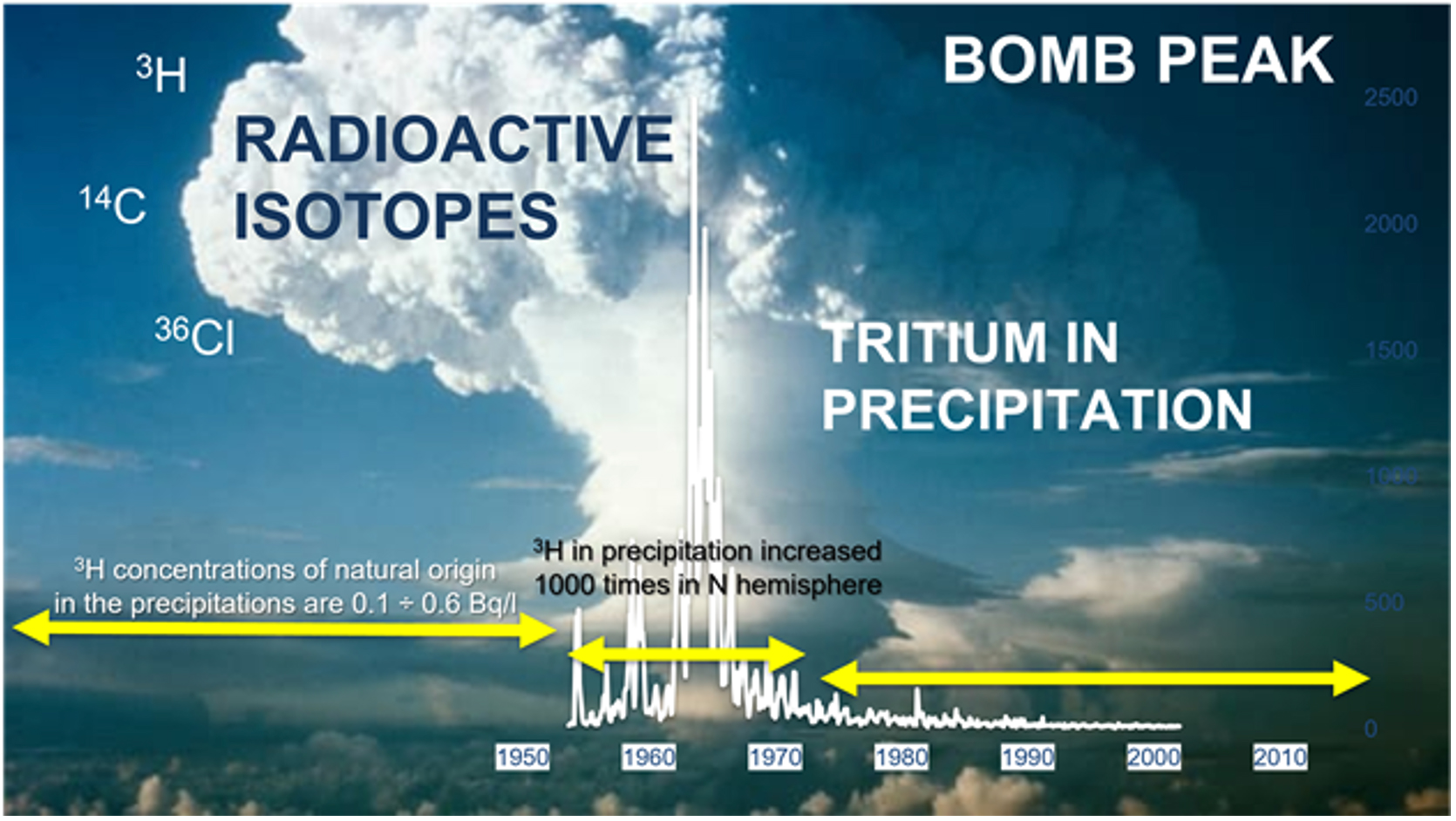CHARACTERIZATION OF GROUNDWATER RECHARGE AND IDENTIFICATION OF ANTHROPOGENIC POLLUTION THROUGH TRITIUM MEASUREMENTS
For achieving the objectives
Agenda 2030

Climate change will affect water resources through its impact on quantity, variability, timing, form, and intensity of precipitation. Relating to this, the increase of the drought in different regions of the Planet makes water an important source for humans, animals, and the entire environment. To better characterize all the different water resources, isotopic analysis could give important information to protect and preserve the available water. Tritium level is determined by means of a very low threshold scintillator LKB QUANTULUS through the Liquid Scintillation Counting technique, as described in the ISO 9698 (2019). Before their analysis, water samples undergo distillation and electrolytic enrichment in order to reach measurable quantities in the samples (0.2–0.3 TU).
Benefits and Advantages
- Dating of groundwater aquifers;
- Characterization of the deep aquifer recharge;
- Analysis of the vulnerability of the aquifers;
- Quantification of possible anthropogenic pollution in ground- and superficial waters;
- Support the plans for the protection of water reserves.
ENEA Services:
- Radioisotope analysis of water sample
ENEA Activities
Activities carried out in the regional "Traceability" laboratory within the framework of the high technology network of the Emilia Romagna region.
Collaboration with University of Ferrara, Veneto region (ARPA Veneto), Friuli Venezia Giulia region (Livenza Tagliamento Acque).

Tritium bomb peak
References
Fusion and Technology for Nuclear Safety and Security Department
